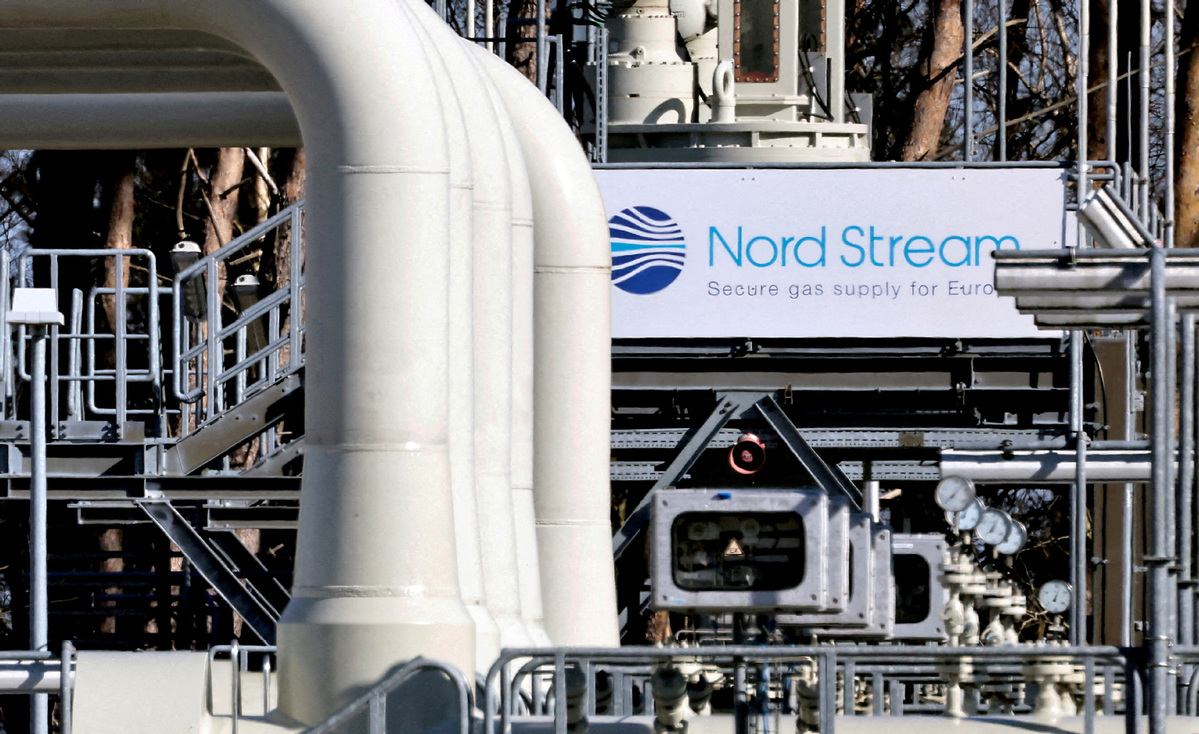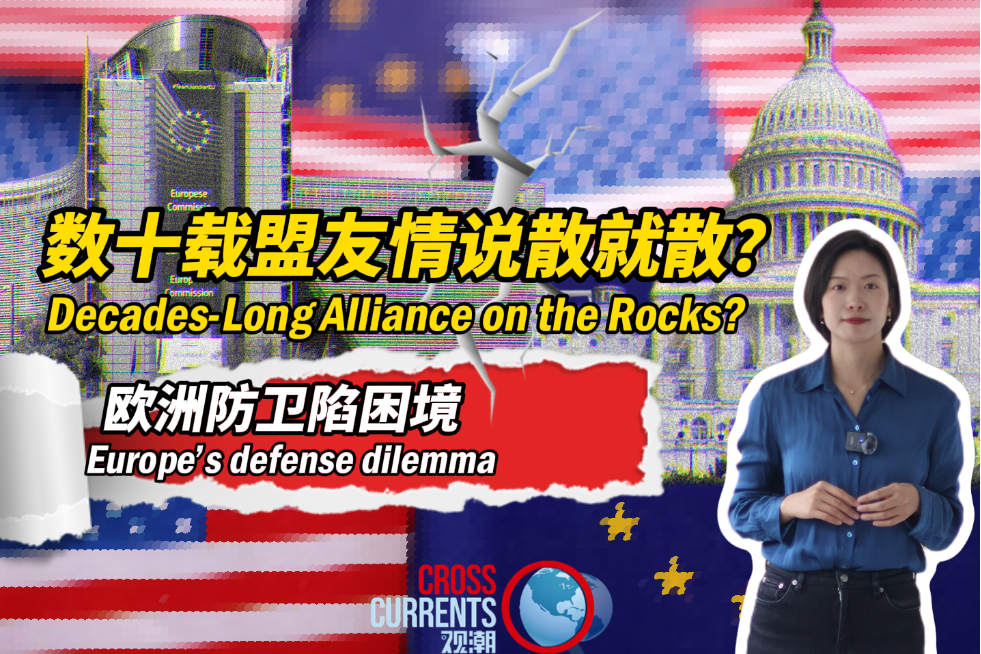Europe scrambles to address gas crisis
By Angus McNeice in London | chinadaily.com.cn | Updated: 2022-08-01 07:23

Leaders prepare for 'worst-case scenario' on fears of a total shut off
Just one of five turbines is currently whirring within the Nord Stream 1 pipeline, the chief artery that pumps gas from Russia to Europe. Previously reduced capacity was once again lowered to 20 percent on Wednesday by Russia's energy company Gazprom, raising fears of a total shut off.
Russia says that it is impossible to run the pipeline effectively, since foreign sanctions have delayed the repair and return of turbines, which are made and serviced abroad.
As the dispute rumbles on, European leaders are preparing for a worst-case scenario involving an unprecedented prolonged cut-off of all Russian gas, which last year made up 47 percent of EU imports.
"Whether it is a partial or a major cut-off of Russian gas, or a total cut-off of Russian gas, Europe needs to be ready," European Commission President Ursula von der Leyen said in a recent statement.
The bloc's current strategy involves three key measures: increased supply from non-Russian sources; a reduction in overall demand, with member states agreeing to a voluntary 15-percent cut from August through March; and setting up a joint gas storage mechanism, which is currently around two-thirds full. Stores would need to reach 90 percent to get Europe through winter, according to the International Energy Agency, or IEA.
"And even then, it could still face supply disruptions in the latter part of the heating season," said IEA Executive Director Fatih Birol.
If supply remains low or is totally shut off, the geopolitical and economic ramifications will be significant.
European nations that import comparatively little Russian gas, such as Spain and the United Kingdom, will still contend with rising costs, according to a new working paper from the International Monetary Fund, or IMF, and more exposed countries in Central and Eastern Europe could face outright gas shortages and see gross domestic product losses of as much as 6 percent.
Meanwhile, gas exporters have benefited from the situation. The United States becomes the world's largest exporter of liquid natural gas, or LNG, in the first half of this year, with two thirds of exports going to Europe.
"A new LNG trade, built on long-term contracts, will develop between the US and EU," David Evans, senior counsel at international law firm Clifford Chance, predicted.
























